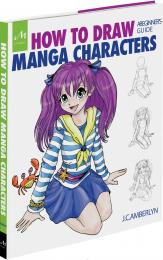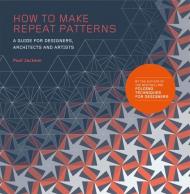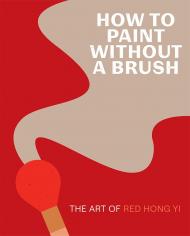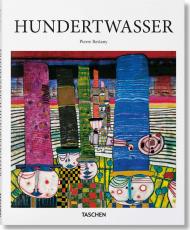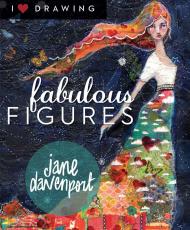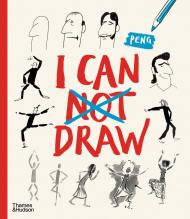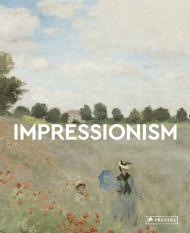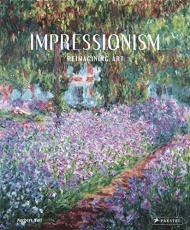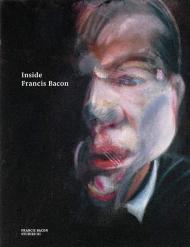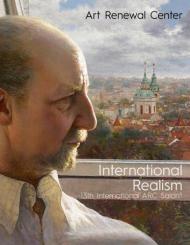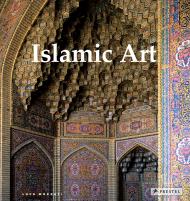Fashion meets form in this essential guide to dressing up your drawings. Drape your manga creations in the wardrobe of your dreams, while learning techniques and tips used by professional illustrators to realistically render clothing and accessories of all types-from t-shirts, sweaters and skirts to belts, shoes and bags.
How to Create Manga: Drawing Clothing and Accessories is the fashion bible every manga artist needs. Combining more than 900 drawings and the skills of twelve accomplished illustrators, this book covers a broad range of fashions. Detailed, in-depth instructions show you how to realistically render not just the garments themselves, but the folds, creases and wrinkles that give them a sense of accuracy and movement.
Tuttle's How to Create Manga series guides users through the process of reaching a professional-looking final drawing through actual sketch progressions, practical tips and common missteps to avoid.
Other books in the series include How to Create Manga: Drawing Facial Expressions and How to Create Manga: Drawing the Human Body.
About the Author:
The diverse and multitalented artists of Studio Hard Deluxe are among Japan's leading creators and practitioners of science fiction and fantasy movies, animation, special effects, retro culture, manga and illustration, cosplay, photography and other visual arts. The studio formerly worked on over 2,000 gaming and game-strategy books as well as the Yu-Gi-Oh-Ku card game and is currently developing media design for books, magazines and videos.

